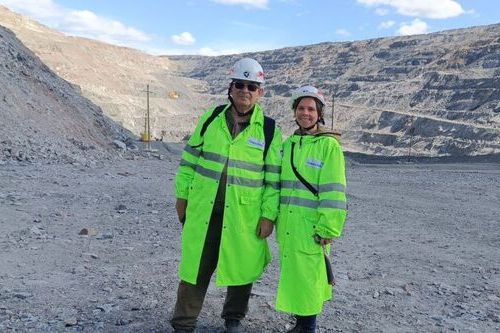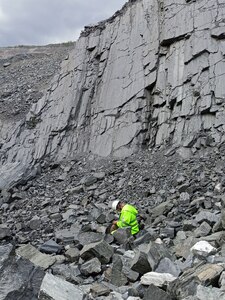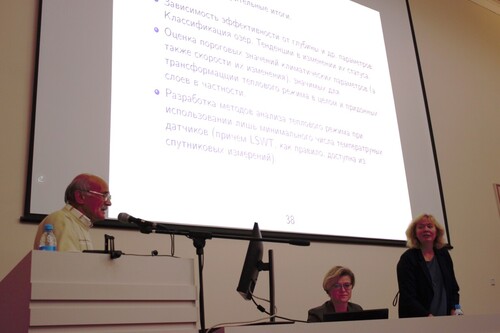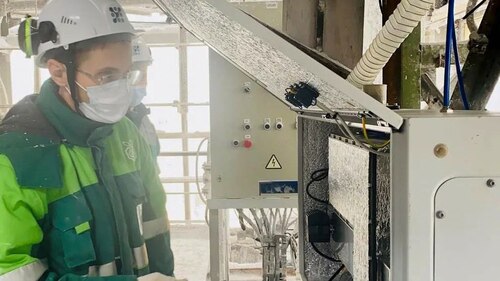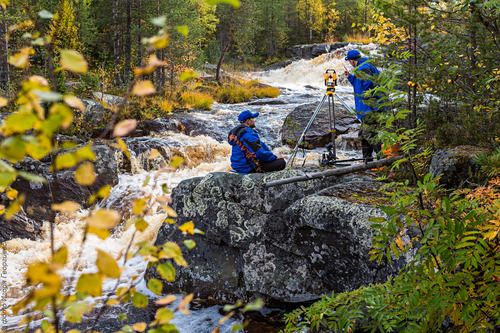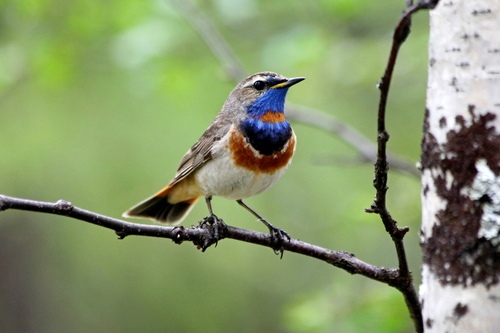Scientists from Primorsky Krai and Karelia proved that sulfur in local iron formations arrived from three sources: the atmosphere, seawater, and volcanic magma. Part of the sulfur has been processed by microbes, who used it for nourishment and respiration.
This work is an important milestone in a large study that Russian scientists have been conducting in the field of geology for some twenty years. Its results will help gain new knowledge about the early stages of the origin and evolution of the planet and life on Earth.
– What we are studying is related to one of the most burning issues in science - the early history of the Earth, the period from the very beginning to 2.3 billion years. We are trying to determine, first of all, what the atmosphere and water were like, i.e. the external conditions that existed on the planet at that time. And to refine the information about the presence of life. To do this, we use stable isotopes of three elements - oxygen, carbon and sulfur, – Doctor of Geology and Mineralogy Sergey Vysotskiy told.
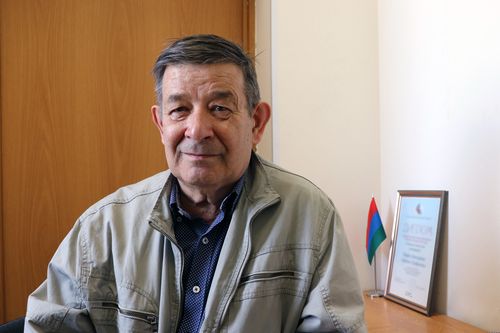
Sergey Vysotskiy, Head of Genetic Mineralogy and Petrology Laboratory, Far East Geological Institute, Far Eastern Branch RAS
In the early 2000s, an anomaly was discovered in world science: it turned out that sulfur isotopes in rocks older than 2.3 billion years did not conform to the existing physical law of mass dependence. This fact was attributed to the intensive ultraviolet radiation reaching the Earth in the absence of the ozone layer and affecting the geochemistry.
In 2005, researchers from Vladivostok not only launched a search for samples with a similar anomaly across Russia, but also created a laser installation unique for the country, which allows carrying out multi-isotope analysis of chemical elements. For example, sulfur has four stable isotopes (varieties of atoms of one chemical element that differ in the number of neutrons in the nucleus). Two of them – 32S and 34S – are well-studied, but 33S and 36S are very scant in the nature and it takes advanced equipment to trace them. The new tool designed by scientists from Primorye can analyze any concentrations of all isotopes of sulfur, oxygen, carbon and hydrogen.
In 2021–2023 a research project supported by a Russian Science Foundation grant is being implemented under the leadership of Sergey Vysotskiy, Head of Genetic Mineralogy and Petrology Laboratory of the Far East Geological Institute, Far Eastern Branch RAS (Primorsky Krai). In this project, scientists analyze samples from deposits in Karelia using multi-isotope analysis. A collaborator in the project, along with researchers from Primorye, is Natalia Nesterova, Researcher at the Institute of Geology KarRC RAS.
This June Sergey Vysotskiy together with colleagues from the Karelian Research Centre RAS went on an expedition to the Kostomuksha area to search for new specimens. His project is thematically related to the project of Karelian scientists led by Alexander Slabunov, Doctor of Geology and Mineralogy.
– Colleagues at the Laboratory of Precambrian Geology and Geodynamics at the Institute of Geology KarRC RAS determine the radioisotope age of rocks, and we analyze the behavior of stable isotopes. This involves a huge amount of work, which cannot be accomplished in a single study. It's great we have the opportunity to cooperate and complement each other, - remarked Sergey Vysotskiy.
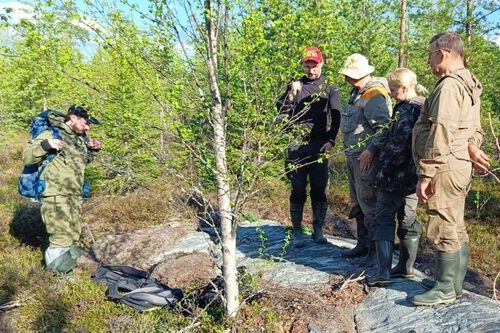
Scientists in the field
On the geological map of Russia, Karelia is known for ancient rocks due to its location on the Baltic Shield. Minerals from the iron ore deposits of Kostomuksha are dated to around 2.7 billion years BP. At that time, volcanoes were active on the planet, and sulfur was abundant - both in the hot magma under water and in the atmosphere, from where it was deposited to the sea with precipitation. In the first case, sulfur was not exposed to ultraviolet light and so there is no isotopic anomaly acting as an atmospheric marker. In the second case, on the contrary, chemical compounds were actively irradiated, and the atmospheric marker appeared. Thus, by studying sulfur isotopes today, scientists can tell where it came from: magma or atmosphere and water.
Isotope analysis helps determine yet another important factor: participation of the first living organisms in ancient ore formation. Processing sulfur compounds, bacteria produced metabolic hydrogen sulfide, H2S, which was then involved in the formation of authigenic - sedimentary - pyrite. Bacterial hydrogen sulfide had a higher proportion of the light sulfur isotope than atmospheric H2S but retained the atmospheric marker.
Thus, using Karelian deposits as an example, multi-isotope analysis has helped ascertain the biological contribution to the origin of sulfur. The results of this study were previously published in the international journal Minerals.
Scientists say the fact that microorganisms existed in the Archean - the earliest stage in the Earth's history - is now well established. Less is known, however, about the bacterial communities, which could utilize sulfur compounds for nutrition and respiration in that environment.
These data do not merely enrich basic science with new theoretical knowledge about the history of the planet, but in the long term they may be applicable in practice. The information on the hydrothermal origin of pyrite deposits, for example, of gold, can be used for more efficient exploration and search for similar deposits in the vicinity.
The study of sulfur isotopes in the Archean period is closely related to another problem that grips scientists' attention all over the world - the abrupt saturation of the atmosphere with oxygen 2.3 billion years ago, the so-called oxygen catastrophe. Specialists from Vladivostok argue that the discovery of the oxygen isotope anomaly can help better understand this crucial event in the Earth's history.
Photos by Oleg Maksimov, Maria Dmitrieva




